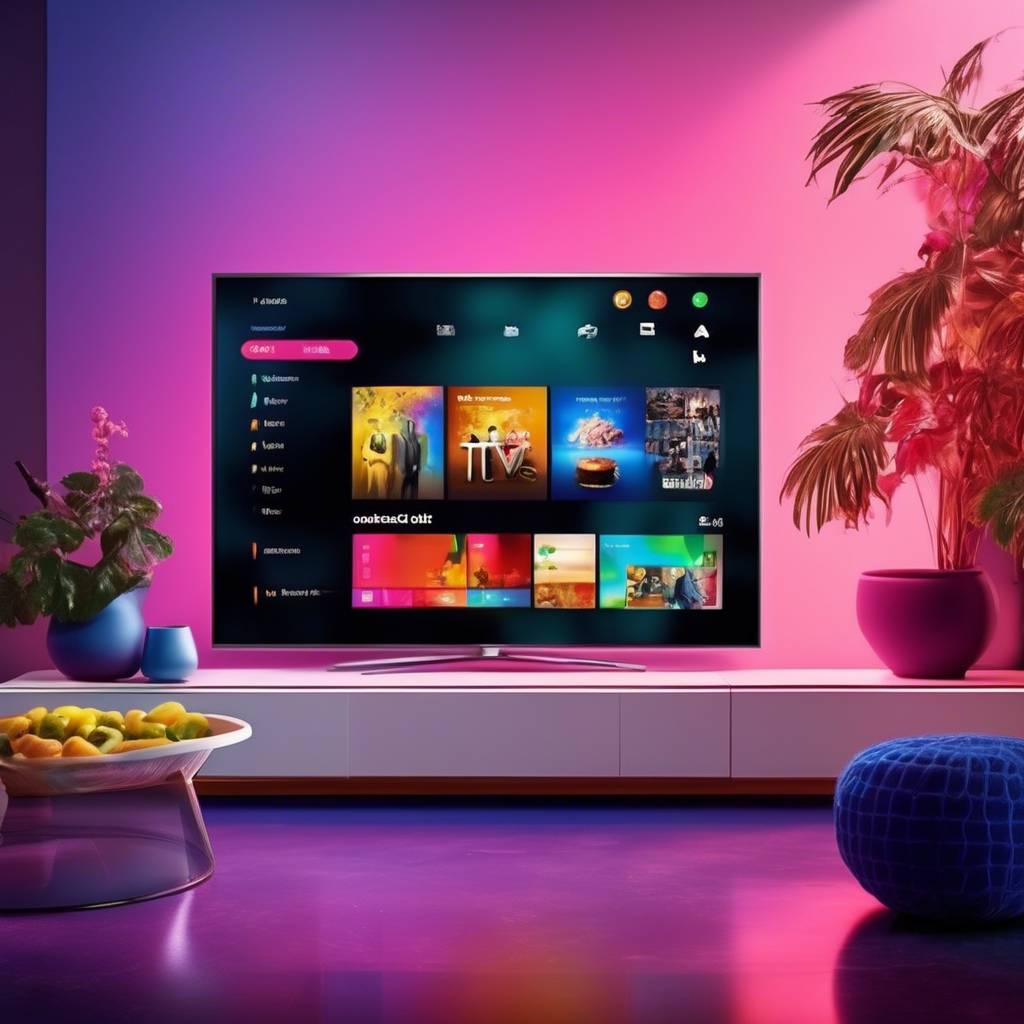X, formerly known as Twitter, is shifting its focus to become a “video-first platform” with the introduction of a new app specifically designed for X videos on smart TV sets. The new app, which resembles the YouTube app, will allow users to easily navigate through video content uploaded to X. Key content like Tucker Carlson and the “All-In” podcast is highlighted as examples of what the new video app will offer in terms of content and functionality.
X has informed potential video ad partners that the new app will feature trending content powered by advanced AI systems and will be compatible across devices, allowing users to seamlessly transition from their phone to their TV to continue watching content. Although new ad options for the TV app will be introduced at a later stage, X aims to tap into the growing trend of connected TV viewing, as seen by YouTube becoming the top streaming platform based on watch time. X plans to provide exclusive content through user uploads and creator partnerships, which is an aspect still under development.
The initial rollout of video partnerships for X has had its challenges. Tucker Carlson, one of X’s major video partners, sparked controversy by launching a subscription offering outside of the app. Additionally, X’s partnership with Paris Hilton has faced setbacks as Hilton’s management company reduced ad spend due to concerns about X’s moderation efforts. The cancellation of a contract with former CNN anchor Don Lemon and issues with other high-profile partners highlight the difficulties X has faced in transforming its video content offerings.
Twitter, now X, has previously attempted a video-focused growth strategy in 2016 by securing exclusive contracts with sports leagues to broadcast games within the app. This initiative included launching dedicated apps for TV devices to facilitate viewing of Twitter’s video content on home TV sets. Despite these efforts, Twitter failed to integrate its social media platform with its video content effectively, leading to the abandonment of larger rights deals in favor of smaller agreements.
The digital content landscape has evolved since Twitter’s attempts to merge social media and video content. X’s pivot towards becoming a video-first platform aims to capitalize on the revenue potential of video content and cater to changing viewing habits, including the rise of connected TV consumption. While X reports increased video viewing within the app, changes in the way video views are tracked make it difficult to gauge the actual performance accurately. X’s success as a video-first platform will largely depend on its ability to attract creators and offer compelling content for users.
Despite challenges and past failures, X is persisting in its efforts to establish itself as a video-first platform. The platform’s focus on video content aligns with broader trends in digital media consumption, presenting opportunities for growth and revenue generation. By emphasizing exclusive content, AI-driven recommendations, and cross-device compatibility, X aims to create a compelling video experience for users across various platforms. Ultimately, the success of X’s video-first strategy will depend on its ability to address challenges, attract high-quality creators, and meet the evolving needs of its user base.









